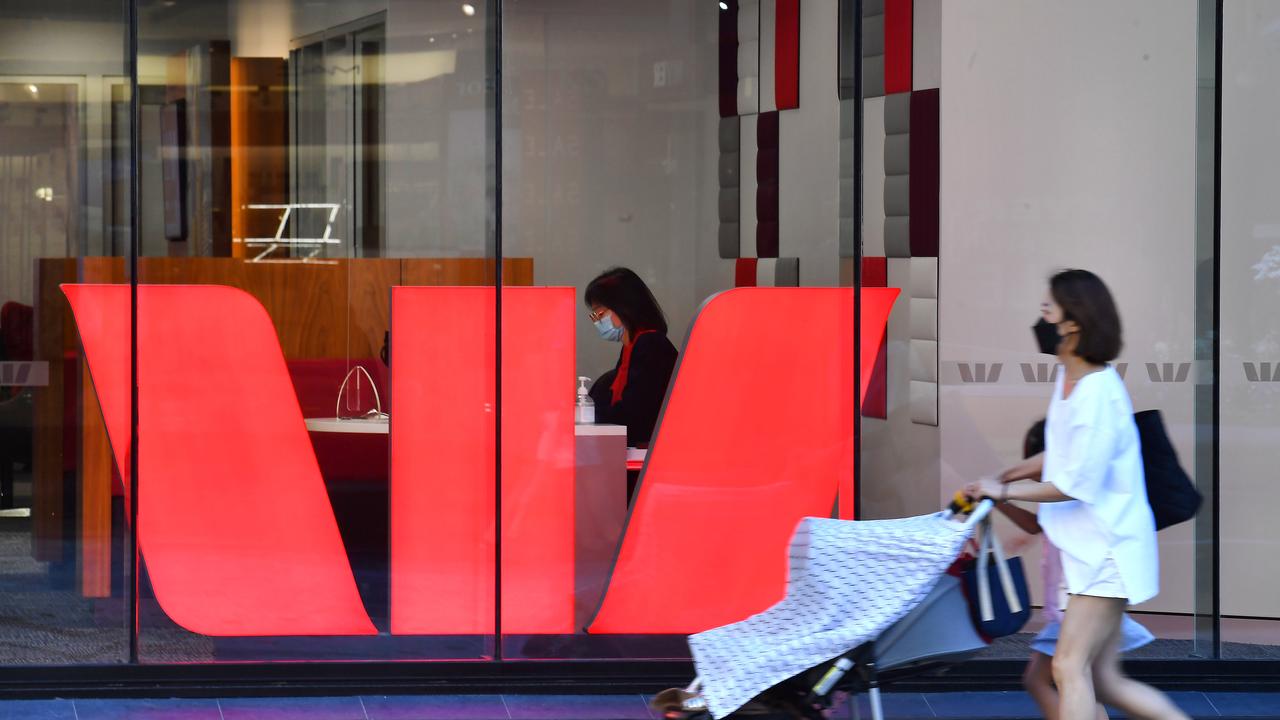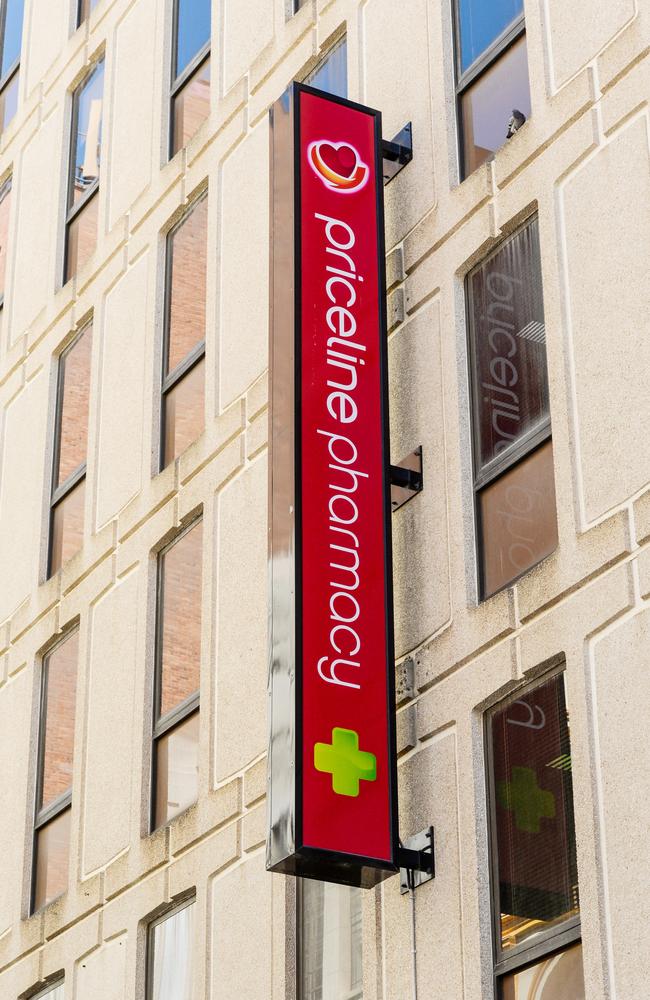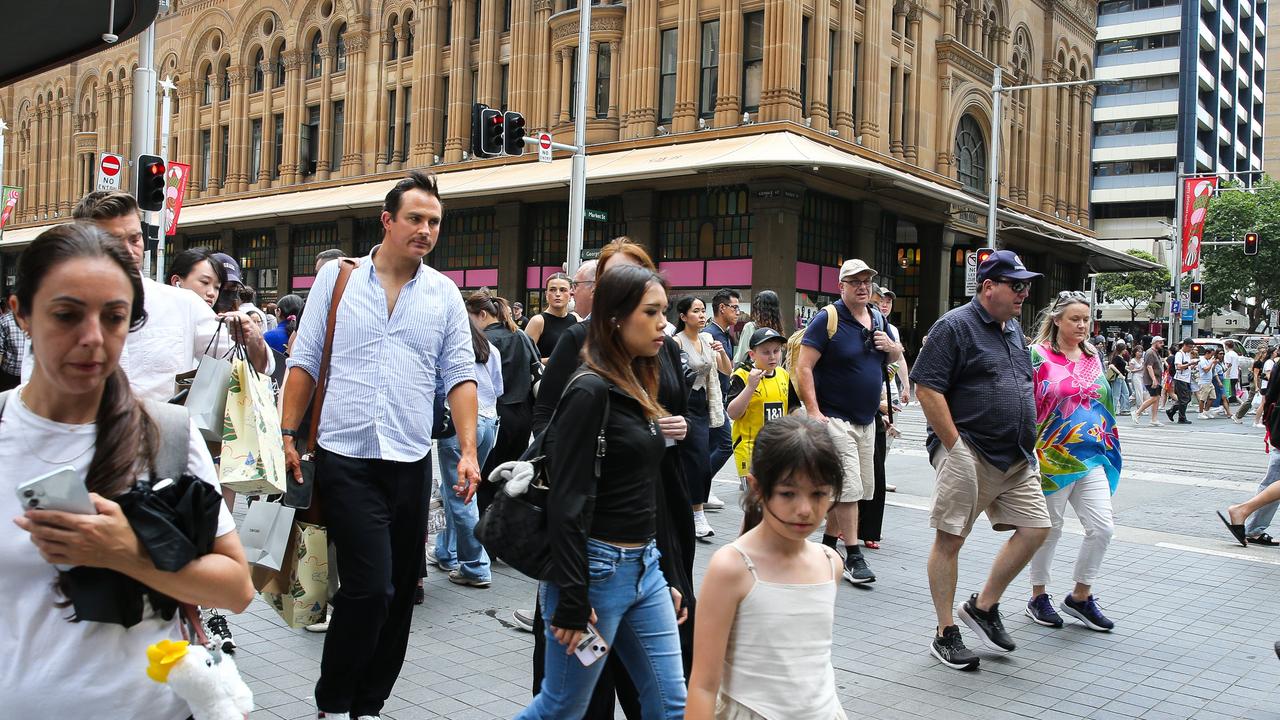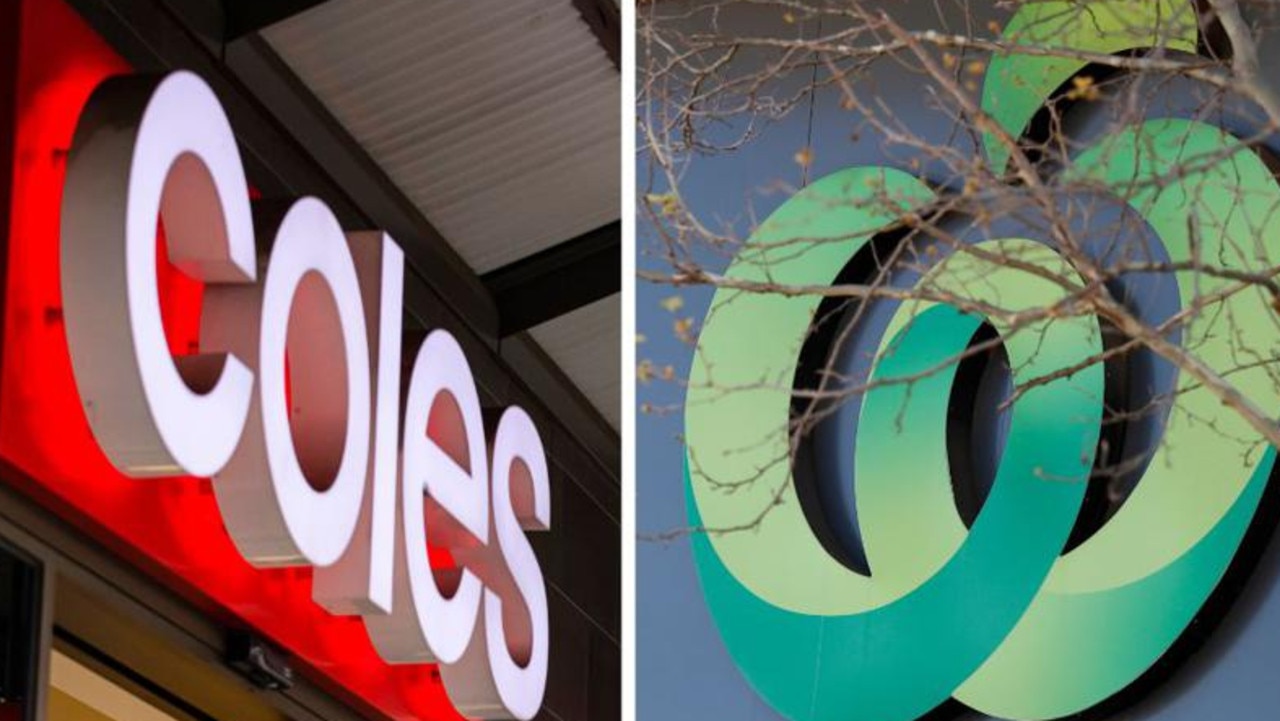New report from Westpac reveals ‘turbocharged’ spending and increased dependence on antidepressant drug
A new report looking at Australia’s spending on health services shows one drug entered the ‘Top 10’ list of prescription medicines for the first time in 14 years.

A new report looking at Australia’s spending during the pandemic shows one drug entered the ‘Top 10’ list of prescription medicines for the first time in 14 years.
Data in the new report, drawn from activity from more than 10 million Westpac Group
cardholders and 800 community pharmacies across Australia, shows the antidepressant drug Sertaline entered the top list of prescription medicines for the 2019/2020 financial year.
It came in 9th position of the top 10 Pharmaceutical Benefits Scheme/Repatriation Pharmaceutical Benefits Scheme drugs by defined daily use per 1000 people per day.
The huge jump came despite lockdowns starting in March, three months before the end of the financial year.
It follows data from the World Health Organisation which showed anxiety and depression increased by 25 per cent in the first year of the pandemic.
Other drugs in the top 10 included atorvastatin, used to treat cardiovascular disease, perindopril, candesartan, telmisartan and amlodipine — all used for high blood pressure, and metformin for the treatment of type 2 diabetes.
Professor Trent Twomey, National President of the Pharmacy Guild of Australia, said one of the two “largest pressures on our healthcare system” is mental health.
“That was the case before Covid-19,” he said. “I think the pandemic just shone a brighter light on it.”

Other key findings from the Westpac report include that the average spend on retail products and other health services increased by 56 per cent, the number of transactions between July 2019 and February 2022 increased by 10 per cent and the change in per basket spend increased by 36 per cent, from $26.30 to $35.80.
Across the country, there was a massive increase in spending at pharmacies from $92.5 million to $112.3 million from July 2019 to February 2022.
Panic buying also played a role. The report notes that pharmacies in Sydney and Melbourne CBDs recorded their highest spend during March 2020 coinciding with the beginning of the the first Covid-19 lockdowns but spending plummetted in those same areas after.
As CBD workers were forced from cities and into work from home situations, spending in CBD pharmacies plunged, the report shows.
Conversely, pharmacies in suburban areas flourished. In total, pharmacies were responsible for adminstering some 8 million Covid-19 vaccines.

Prof Twomey said trends were easily identifiable.
“Before the pandemic, we knew that people shopped where they worked, not where they lived,” he said. We’re seeing a trend for people to shop where they live. Of course, this may now also be where they work, given the impact of the pandemic on remote working.”
Shane Howell, Westpac General Manager Business Lending, said of the pandemic: “(It) turbocharged spending in pharmacies across Australia as consumers ramped-up their investment in healthcare and leant into the skills and expertise of their local pharmacist including community vaccination programs.
“This resulted in a 21 per cent increase in total spending from July 2019 to February 2022,
from $92.5 million to $112.3 million,” he said.
“Now that workers are flocking back to cities, and customers have forged new purchasing
behaviours in supporting local too, the pharmacy industry has proved it plays an incredibly
important role in the health of Australians and remains in a strong position.”




